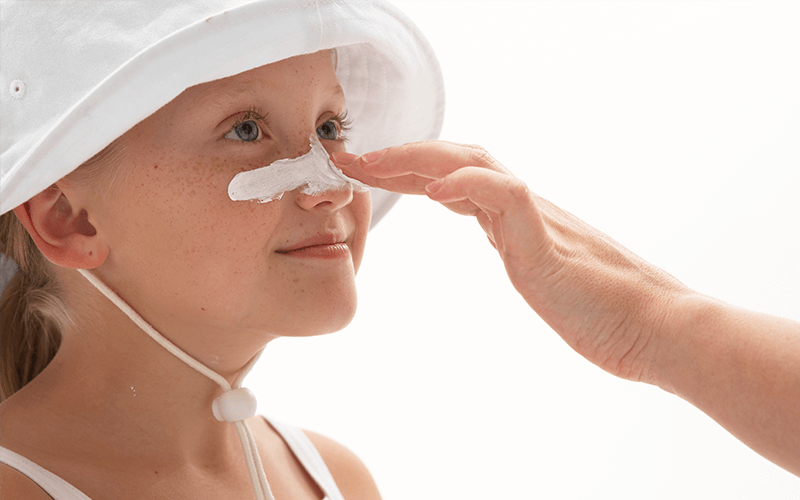When it comes to SPF, bigger doesn’t always mean better. Although sunscreen with a higher SPF should provide substantially more protection from the sun’s damaging rays than a lower SPF counterpart, that’s not always the case.
Sunscreen’s SPF measures protection from UVB rays, which are a primary cause of skin cancer and other forms of sun damage. However, an SPF that’s twice as high as another SPF doesn’t offer double the protection. SPF 15, for example, blocks 93 percent of UVB rays. SPF 30, on the other hand, blocks close to 97 percent. An SPF 50 guards against approximately 98 percent of UVB radiation, and SPF 100 blocks 99 percent if applied correctly.
How High (or Low) Do You Go?
When selecting an SPF, it’s generally best to choose something between 30 and 50. For most people, a sunscreen in this range should provide adequate protection without the added chemicals to achieve a higher SPF.
It’s also worth noting that SPF does not protect against UVA rays, which contribute to skin cancer and aging. Because UVA rays penetrate deep into the skin, they don’t cause sunburns like UVB rays do. As a result, many people inaccurately believe if they don’t get a sunburn, their skin isn’t damaged from the sun.
The ingredients needed to achieve a high SPF often don’t meld well with those needed for UVA protection. Consequently, sunscreens with SPF over 50 often don’t sufficiently guard against UVA radiation.
To shield yourself from UVA rays, use a broad-spectrum sunscreen or one that’s labeled as UVA/UVB protection, and look for the active ingredient zinc oxide.
Getting the Most from Your Sunscreen
To receive more of the protection your sunscreen provides, it’s important to apply a sufficient amount. When companies test SPF, they generally apply two milligrams of sunscreen per square centimeter of skin. But consumers usually apply one half to one milligram per square centimeter of skin, cutting the received SPF to a fraction of the labeled value and greatly reducing the sunscreen’s effectiveness.
To receive the labeled sun protection, use an ounce of sunscreen—enough to fill a shot glass—over your entire body. In addition, be sure to reapply your sunscreen every two hours and after swimming or sweating. For additional protection, don’t forget to shade your face with a broad-brimmed hat and shield your eyes with UV-blocking sunglasses.
Looking to Visit a Dermatologist
We have multiple locations throughout the country, so fill out our simple online form to get in touch with us. One of our local team members will reach out to you shortly to answer your questions or schedule an appointment for you to visit us soon.
Find a location near me
or

